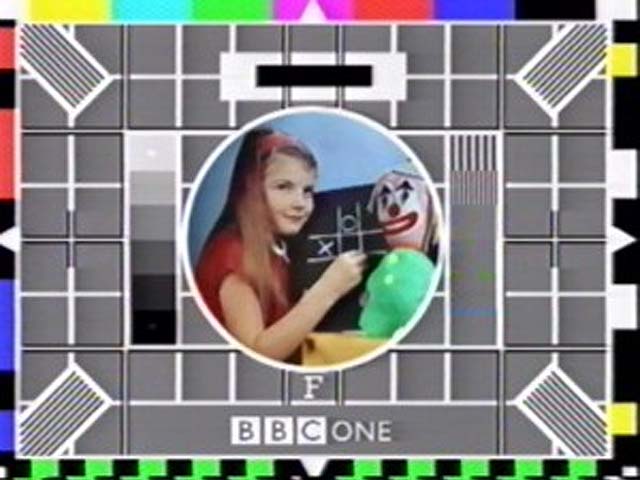OK so I’m feeling a little guilty.
Somewhere along the way I got it into my head that for a blog to look “active”, it should be updated at least 3-4 times a month. And so I try to have something new to post here at least every 7-10 days. But here I am, over two weeks since I last posted anything. I even have a couple of things to write about up my sleeve. I just haven’t had the time to put it all together.
But since it’s because I’ve been so busy working on some really interesting things, why don’t quickly I tell you about that?
- I’ve started data collection for my PhD. Finally! Largely thanks to the power of social media, I’ve managed to recruit a good population of volunteers – more than I actually need – which is a relief as I thought that part of it would be a bit of an uphill slog. I meet these volunteers at the SA Museum, and we go around the galleries together as they tell me what they think of everything we’re looking at. I then transcribe and analyse the audio recording of the visit. It’s pretty painstaking stuff – the recordings can be tricky to follow due to the inevitable background noise, and I’m finding it’s taking about an hour to transcribe 10 minutes worth of visit. Given that I’m spending, on average, about an hour on the exhibition floor with each of my volunteers, I have my work cut out for me! But it’s also fascinating, following a visit as it unfolds at snail’s pace – you get a chance to notice things on a whole different level that you didn’t pick up on while following the visit in ‘real-time’.
- Planning for the Museums Australia conference is intensifying. I’ve been on the committee of the SA Branch of Museums Australia for a few years now, and last week I was elected as SA Branch President. Given we are hosting the national conference this year, there is a lot to sort out! We’re just in the process of going through all the abstracts that were submitted so we can flesh out the program. It’s a really strong batch of proposals and it’s unfortunate that not all of them will be able to make the cut.
- I’m working on some interesting interpretive projects. There are a few things in the pipeline on this front. It’s a little early to go into details, but it’s been good to have the opportunity to do some creative work with both new and existing colleagues and clients.
So watch this space: normal visitor experience insights will resume shortly. . .






